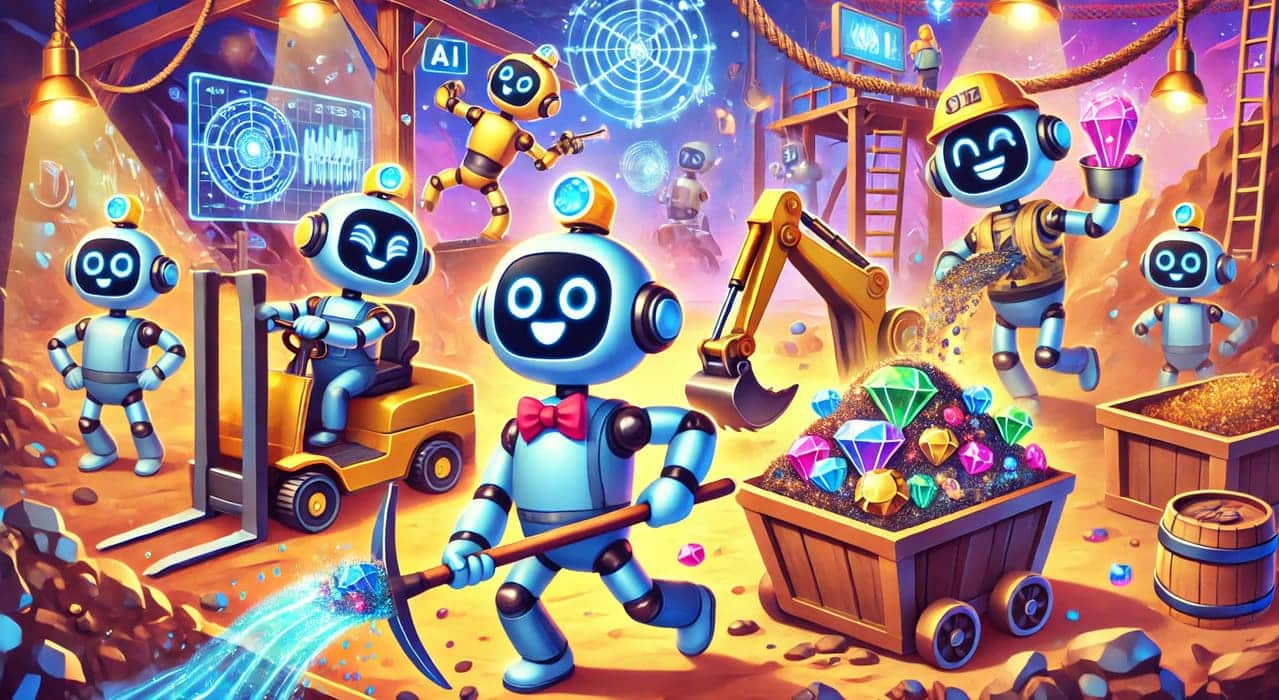Artificial Intelligence (AI) has evolved significantly, and one of its most profound advancements is the development of autonomous agents. These AI models are designed to complete specific tasks without human intervention, relying on advanced algorithms and real-time data processing. From self-driving cars to robotic process automation in industries, autonomous agents are reshaping the landscape of automation, efficiency, and decision-making.
This article explores the key concepts behind autonomous agents, their applications in self-driving vehicles, and the challenges and opportunities presented by these AI systems.
What Are Autonomous Agents?
An autonomous agent is an AI-driven system capable of making decisions and performing actions to achieve a specific goal independently. These agents are built on advanced AI models, such as machine learning and deep learning, allowing them to adapt to new situations, learn from experience, and respond to changes in their environment. Importantly, they do so without requiring constant human oversight.
One of the most well-known examples of autonomous agents is self-driving cars, which use sensors, machine learning, and computer vision to navigate roads, avoid obstacles, and make split-second decisions—all while keeping passengers safe.
Characteristics of Autonomous Agents:
- Autonomy: They can operate independently, making decisions based on real-time data.
- Perception: They perceive their environment using sensors, cameras, and other data collection tools.
- Learning: Many autonomous agents employ machine learning algorithms to improve over time, adapting to new situations and improving their performance.
- Action: These agents perform tasks in real-world environments, from navigating roads to managing industrial processes.
Applications of Autonomous Agents
1. Self-Driving Cars
Self-driving cars represent one of the most advanced applications of autonomous agents. These vehicles leverage a combination of machine learning, computer vision, and real-time data processing to navigate roads and make decisions without human input. For instance, Tesla’s Autopilot and Google’s Waymo use sophisticated algorithms to control acceleration, steering, and braking while avoiding obstacles and adhering to traffic laws (Garikapati & Shetiya, 2024).
A comprehensive study from the IEEE further highlights that self-driving cars are not only about convenience but also safety, as they eliminate human errors such as distracted or impaired driving. However, the challenges include refining AI models to handle unpredictable events like pedestrian behavior or sudden road hazards (IEEE, 2024).
2. Robotic Process Automation (RPA)
In industries, autonomous agents are used to automate routine tasks such as data entry, document processing, and even customer service interactions. These AI models streamline operations, increase efficiency, and reduce costs. For example, in manufacturing, autonomous robots assemble products, reducing the need for human labor in dangerous or repetitive tasks (Garikapati & Shetiya, 2024).
3. Autonomous Drones
Another growing field is the use of autonomous drones for deliveries, agriculture, and surveillance. These drones use AI to navigate obstacles, follow designated paths, and even make decisions about when to recharge or avoid bad weather. The military also employs autonomous drones for reconnaissance and logistical support, making them valuable assets in both commercial and defense applications.
Challenges Facing Autonomous Agents
1. Safety and Reliability
One of the biggest challenges is ensuring the safety and reliability of autonomous agents, especially in high-stakes environments like autonomous vehicles. Despite significant advancements, self-driving cars still face challenges in unpredictable scenarios such as pedestrians jaywalking or unexpected roadblocks (IEEE, 2024). Researchers are working to improve AI models’ accuracy and responsiveness in these situations.
2. Ethical and Legal Considerations
With the increasing use of autonomous systems, ethical and legal questions have emerged. Who is responsible when a self-driving car causes an accident? How do we ensure that AI systems make ethical decisions in life-or-death situations? These questions highlight the need for regulations and policies to govern the deployment of autonomous agents (Garikapati & Shetiya, 2024).
3. Public Trust and Acceptance
The widespread adoption of autonomous agents, particularly self-driving cars, depends heavily on public trust. Many people are still skeptical about the safety and reliability of these systems, and it will take time—and perhaps more stringent safety standards—before autonomous agents become mainstream (IEEE, 2024).
Future of Autonomous Agents
As AI continues to evolve, so too will the capabilities of autonomous agents. Future advancements are expected in areas such as:
- Improved AI models: Advances in machine learning and deep learning will enable more sophisticated decision-making and adaptability.
- Better Human-AI Collaboration: As autonomous agents become more common, ensuring seamless interaction between humans and AI systems will be crucial.
- Increased Use in Healthcare: From autonomous surgical robots to AI-driven diagnostics, healthcare will see significant benefits from autonomous agents.
Final Thoughts
Autonomous agents represent a new frontier in AI, where machines are capable of performing complex tasks independently. From self-driving cars to robotic automation in industries, these AI systems are set to transform the way we live and work. However, challenges such as safety, ethics, and public trust must be addressed to fully realize their potential.
For more information on autonomous agents and other AI innovations, explore our AI Glossary.
References
Garikapati D, Shetiya SS. Autonomous Vehicles: Evolution of Artificial Intelligence and the Current Industry Landscape. Big Data and Cognitive Computing. 2024; 8(4):42. https://doi.org/10.3390/bdcc8040042
R. Hussain and S. Zeadally, “Autonomous Cars: Research Results, Issues, and Future Challenges,” in IEEE Communications Surveys & Tutorials, vol. 21, no. 2, pp. 1275-1313, Secondquarter 2019, doi: 10.1109/COMST.2018.2869360. https://ieeexplore.ieee.org/document/8457076
Parekh D, Poddar N, Rajpurkar A, Chahal M, Kumar N, Joshi GP, Cho W. A Review on Autonomous Vehicles: Progress, Methods and Challenges. Electronics. 2022; 11(14):2162. https://doi.org/10.3390/electronics11142162


